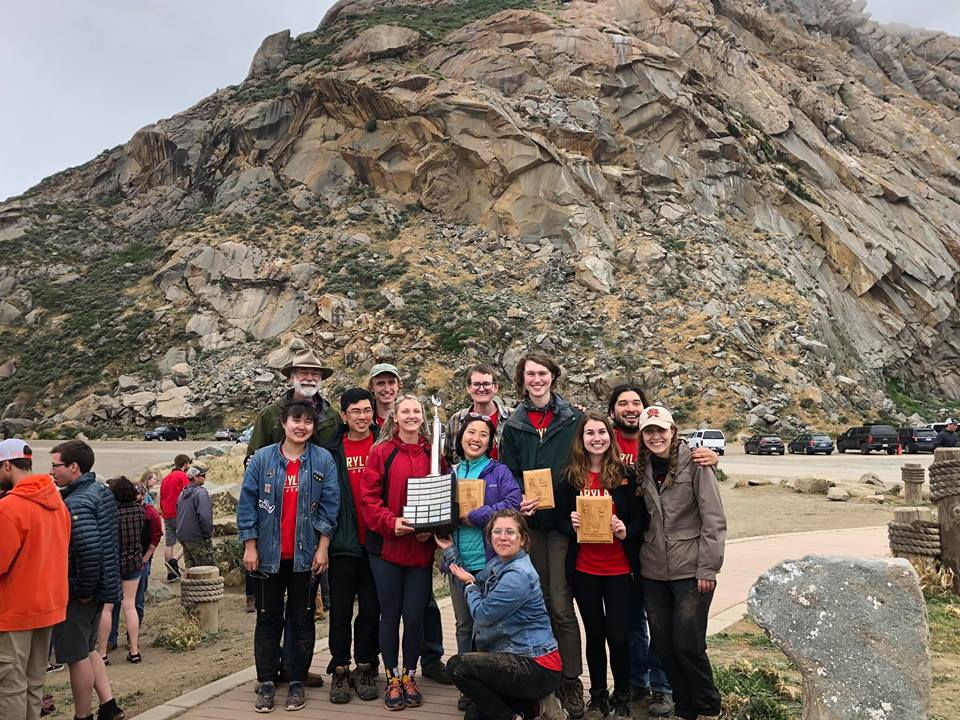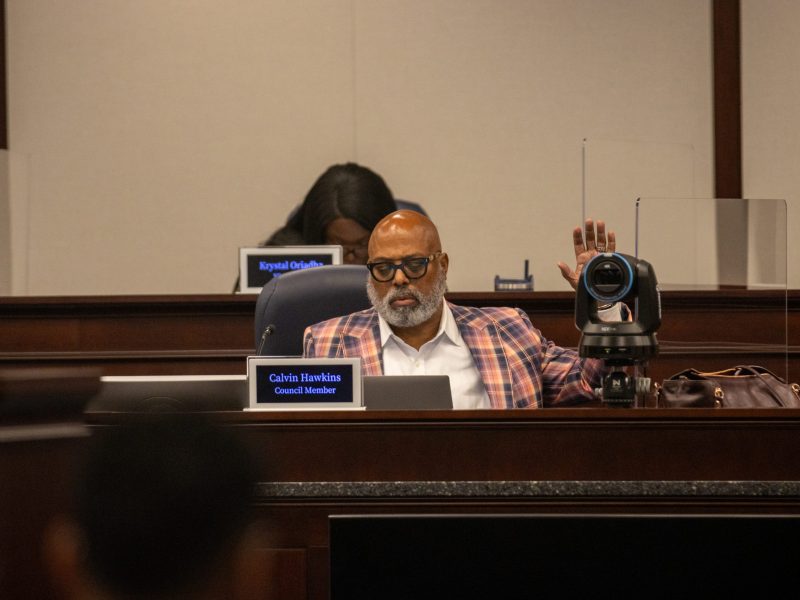By Mary Dimitrov
For The Diamondback
The University of Maryland soil judging team wasn’t afraid to get its hands dirty to win the 2019 National Collegiate Soils Contest.
This university’s team won its fifth title in the event’s 58-year history on April 19, besting 25 other universities at California Polytechnic State University in the six-day event.
They were the only team to have two students place in the top 10 of the individual portion of the contests. Aubrey Wiechecki, a senior environmental science and policy major, placed fifth, and Cathelyn Wang, a senior environmental science and technology major, placed seventh.
“I was surprised. Honestly, we all were surprised,” said Isabella Bruno, a junior agricultural science and technology major. “When they said our names, disbelief washed over us because we weren’t expecting it. It was better that way almost to have a feeling you’re not going to win and then winning.”
[Read more: Meet the UMD professor who spent 28 years developing a new type of apple]
During the competition, students evaluated pits about 5 feet to 6.5 feet deep at a minimum of about one-and-a-half feet wide.
Participants had one hour to judge these pits on their soil characteristics, which range from color and texture to water-holding capacity and carbonate state. They also had to judge the soil’s potential for land uses, including agricultural suitability.
“They’re all field analyses, so there’s no instrumentation,” said team coach Martin Rabenhorst, an environmental science and technology professor who was on this university’s 1972 championship team.
To earn full credit for each section, the team’s estimates core had to be within five percent of the lab-determined actual value set before the competition.
The top three scores of the four individual participants for each school factor into the overall team score, along with the scores from the two group pits.
This university’s team scored 2,431 points, just three points more than runner-up Virginia Tech.
“It’s a challenge and it takes practice, which is why we practice those sorts of things,” said Rabenhorst, who has been working in the soil morphology field since he graduated from this university in 1975. He recently invented a new tool for identifying and assessing wetland soil.
[Read more: UMD awards record amount of funding to support campus environmental projects]
“I’m really grateful he’s our coach. He is a pioneer in soil science,” Bruno said. “We were happy to make him proud, but I think we would have made him proud regardless of winning or not.”
Students are required to enroll in Rabenhorst’s one-credit class to be a part of the team.
“In the fall semesters, we’ll go out on weekly field days where we actually visit practice pits in the area, and we’ll spend all day out there,” Wiechecki said, explaining that the spring semester is less hands-on and more knowledge-based.
During their time together, Bruno said, the team of 10 people — which mostly consists of majors with a concentration in soils — has become very close.
“It was pretty cool to be around all these people who are all interested in this one thing. It’s always interesting, the types of people brought into it,” Wiechecki said.
The team plans to continue practicing for the Northeast Regional Collegiate Soil Judging Competition, which will be hosted by this university in the fall to determine the five teams to qualify for the national contest.
“I would like people to be more aware of this team and see more effort from the school to promote us,” Bruno said. “I think we deserve it. We work our butts off.”



